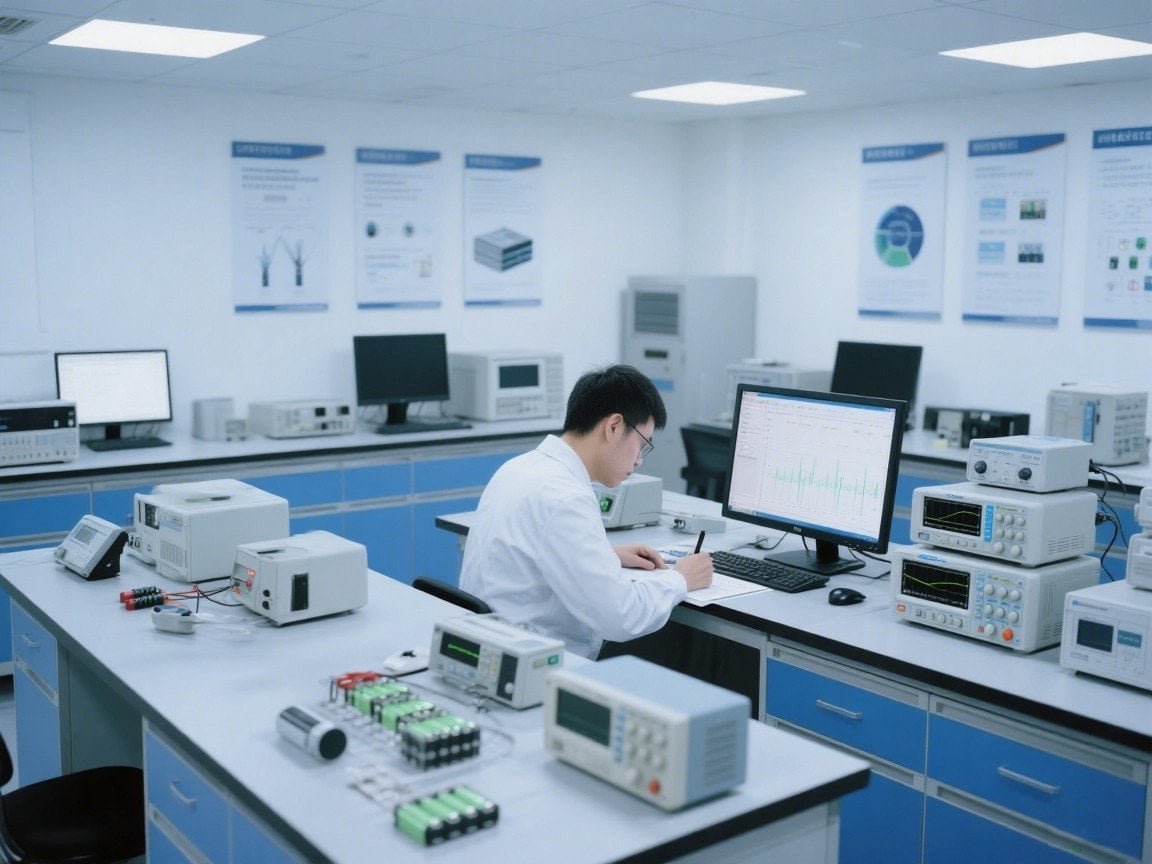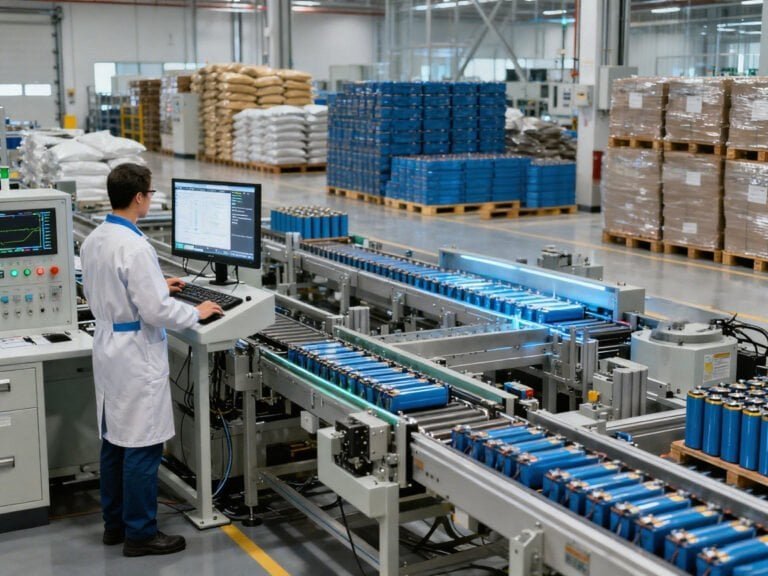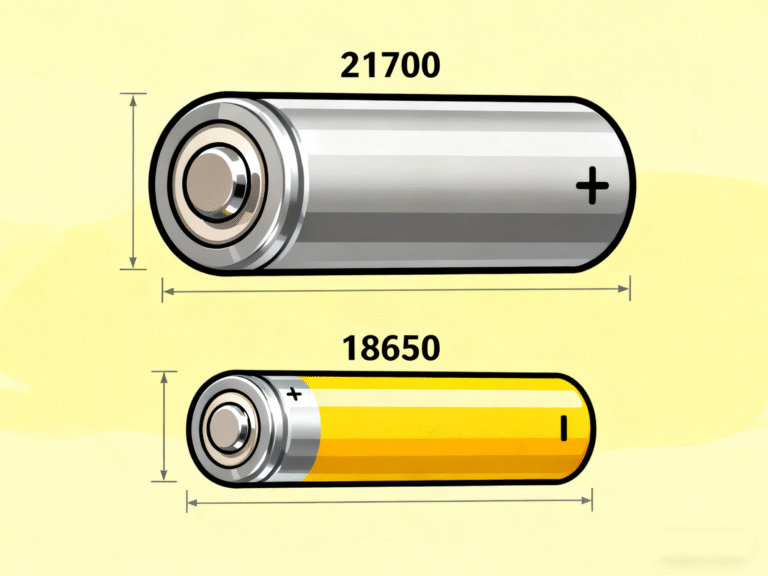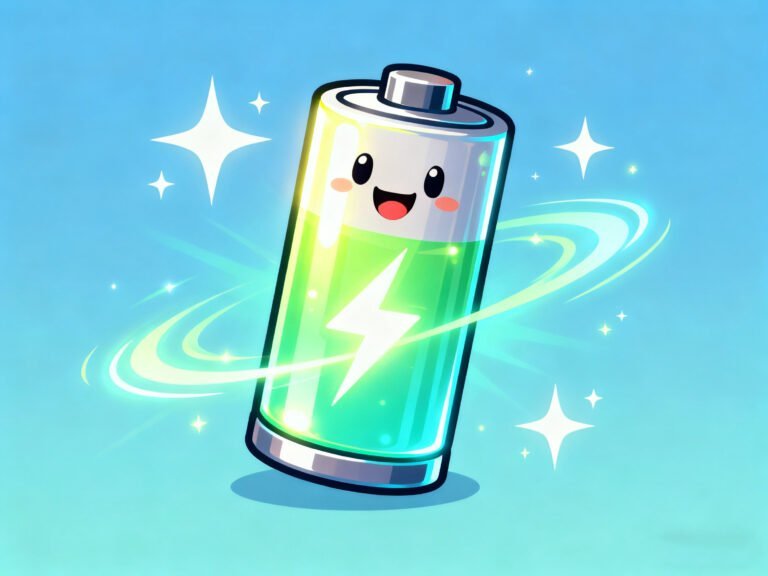In an era dominated by electrification—from electric vehicles and smart robots to renewable energy systems and mobile medical devices—the choice of the right battery pack can be the deciding factor between success and failure. Whether you are an engineer designing the next breakthrough AGV, a procurement officer for e-bike solutions, or a startup innovating in portable energy, selecting the best-fit battery pack requires a clear understanding of several critical technical and operational considerations.
So, how can you choose the most suitable battery pack that aligns with your performance expectations, environmental constraints, and safety requirements?
1. Understanding Battery Pack Basics
A battery pack is more than a sum of individual battery cells. It is a system consisting of:
Cells (typically Li-ion or LiFePO4)
Battery Management System (BMS)
Thermal management components
Protective casing
Electrical interfaces (connectors, fuses, balancing circuits)
The configuration of these components determines the voltage, capacity, discharge rate, lifespan, and safety performance of the battery pack. Choosing the best one means balancing multiple factors according to application-specific needs.

2. Key Factors to Consider When Choosing a Battery Pack
a. Capacity (Ah/Wh): How Much Energy Do You Need?
The capacity of a battery pack, measured in ampere-hours (Ah) or watt-hours (Wh), directly relates to how long a device can run before requiring a recharge.
For electric bikes or scooters, 10Ah–20Ah is common.
For AGVs or robotic platforms, capacity needs may exceed 50Ah.
For backup energy storage systems, high-capacity packs of 100Ah or more are typically used.
Tip: Always calculate both the average and peak energy demands of your application to size the battery accurately.
b. Voltage (V): Matching System Requirements
Battery voltage must match your device’s operating voltage. Common configurations include:
12V for small electronics and lead-acid replacements
24V or 36V for light mobility devices
48V or 72V for high-power electric vehicles or industrial machinery
Mismatched voltage can cause system failures or inefficiencies. FirstPower’s engineering team can provide tailored voltage configurations, ensuring 100% system compatibility.
c. Discharge Rate (C-rate): Can It Deliver Enough Power?
The C-rate measures how quickly a battery can be discharged. A 1C rate means the battery can be discharged in one hour. Applications like drones, robots, or EVs may require high discharge rates (up to 5C or more).
If your battery can’t deliver sufficient current during peak load, your device may shut down or overheat. Always match the battery’s maximum discharge rate with your equipment’s peak current draw.
d. Battery Chemistry: Li-ion, LiFePO4, or LTO?
Choosing the right cell chemistry impacts safety, cost, longevity, and weight.
| Chemistry | Energy Density | Lifespan (cycles) | Safety | Cost |
| Li-ion (NMC) | ★★★★☆ | 500–1000 | ★★★☆☆ | ★★★★☆ |
| LiFePO4 | ★★★☆☆ | 2000–5000 | ★★★★★ | ★★★☆☆ |
| LTO (Titanate) | ★★☆☆☆ | 5000–7000 | ★★★★★ | ★★☆☆☆ |
For most industrial, e-bike, and energy storage applications, LiFePO4 offers the best balance of safety, lifespan, and cost-effectiveness. FirstPower specializes in LiFePO4 pack integration with smart BMS and rugged design.
e. Cycle Life and Warranty: Long-Term Value
Look beyond initial price and consider total cost of ownership (TCO). A battery with 3000+ cycles may cost more upfront but lasts years longer, reducing replacement frequency.
Leading suppliers like FirstPower offer customizable warranties, often 2–5 years, based on application type and usage frequency.
f. Smart Battery Management System (BMS)
A high-quality BMS ensures:
Overcharge/discharge protection
Temperature regulation
Cell balancing
Short-circuit prevention
Communication via CAN/RS485/Bluetooth
Advanced BMS not only protects the battery but also enhances efficiency and enables remote monitoring, a must-have for modern IoT-connected devices.
3. Environmental and Safety Considerations
a. Operating Temperature Range
Outdoor or industrial applications may face extreme temperature swings.
Select battery packs rated for -20°C to 60°C or beyond, especially for marine, mining, or cold-climate robotics.
FirstPower conducts extensive temperature and vibration testing to ensure robust pack performance in harsh environments.
b. IP Rating and Waterproofing
If your battery operates outdoors, it should have IP65 or higher rating for dust and water resistance. FirstPower’s battery enclosures are engineered with thicker ABS shells, silicone sealing rings, and reinforced internal pillars for superior durability.
c. Certifications and Compliance
For international projects, compliance with global standards is vital. Common certifications include:
UN38.3 / MSDS – for safe air/sea shipment
EN 50604 – for electric bike battery systems
IEC 62133 / UL – for consumer safety standards
EU Battery Regulation (EU) 2023/1542 – environmental compliance
FirstPower supports full certification processing for OEM/ODM customers, ensuring seamless entry into global markets.
4. Customization: Tailoring the Battery to Your Application
A “one-size-fits-all” battery rarely works across different industries. Leading battery pack manufacturers like Shenzhen First Power Energy Co.,Ltd offer customized solutions, including:
Shape: cylindrical, prismatic, pouch cell configuration
Size: compact for drones, large-format for power walls
Communication: CAN/RS485/Bluetooth-enabled smart BMS
Packaging: metal, ABS, aluminum, or waterproof enclosures
Features: LED indicators, quick connectors, locking mounts
Customized packs improve system integration and often result in better performance, reliability, and space utilization.
5. Why FirstPower is a Trusted Battery Pack Partner
With over 12 years of experience in battery manufacturing, Shenzhen First Power Energy Co., Ltd. (yi zhan battery) has become a go-to supplier for clients across e-mobility, robotics, energy storage, and AGV sectors. Key advantages include:
Advanced R&D capability for LiFePO4 and lithium-ion chemistries
Strong production capacity to support high-volume projects
In-house BMS development for smart, customized battery control
Strict quality testing, including drop, crush, vibration, and waterproof tests
Global shipment support with UN38.3, CE, EN50604, and other certifications
From standard packs to fully custom-designed solutions, FirstPower enables clients to launch products faster, safer, and more efficiently.
6. Conclusion: Making an Informed Battery Pack Decision
Choosing the right battery pack involves more than selecting a product off the shelf. It requires a holistic understanding of:
Electrical and mechanical compatibility
Safety and regulatory compliance
Lifecycle cost and performance metrics
Application-specific demands like temperature, vibration, and enclosure design
By evaluating all these factors—and working with a reliable partner like Shenzhen First Power Energy Co.,Ltd (yi zhan battery) —you can ensure your device or system operates at peak performance, safely and efficiently, for years to come.
Interested in Custom Battery Solutions?
Visit www.yizhanbattery.com or contact the FirstPower engineering team for a free consultation tailored to your project requirements.







